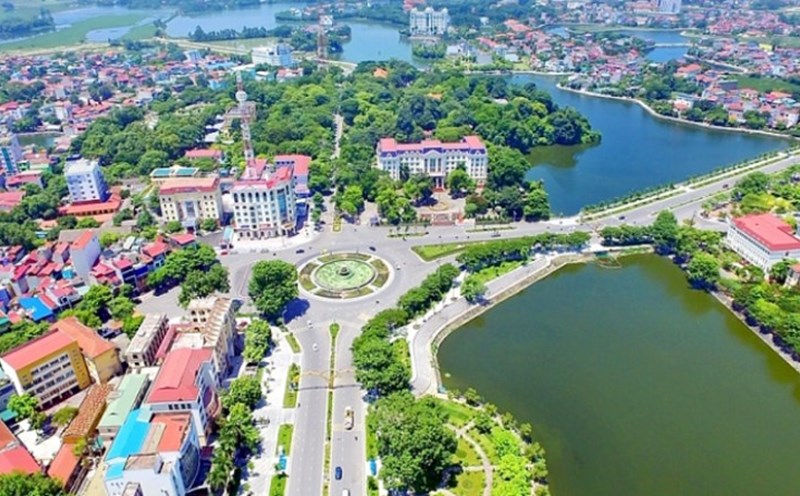When World War I broke out, circus communities and tourist fairs in the UK were hit hard by limited travel, reduced food and fuel allocation and frequent power outages, forcing many families in the performing industry to retreat to "hiding".
Lizzie, an Indian-origin elephant in the "empire" of the William sedgwick circus of businessman William Charles August sedgwick in England, also fell into an unemployment spiral.
However, Lizzie was luckier than the elephants in other circuses. When owner Thomas Ward was elected to Master Cutler's prestigious office in 1913, it was leased to replace the horses being served in Europe in 1916.
It is as powerful as three horses, playing a key role in maintaining Ward's company during World War II. Lizzie has transported machinery around Sheffield to support the steel industry and became a rookie involved in wartime logistics.
No one knows exactly what will happen to Lizzie after the war. Some said it has continued to work at a farm in the area. It is also reported that Lizzie has returned to sedgwick's family after the war. In memory of Lizzie's contribution, the Sheffield city government named it after a bus belonging to the department of transportation.






